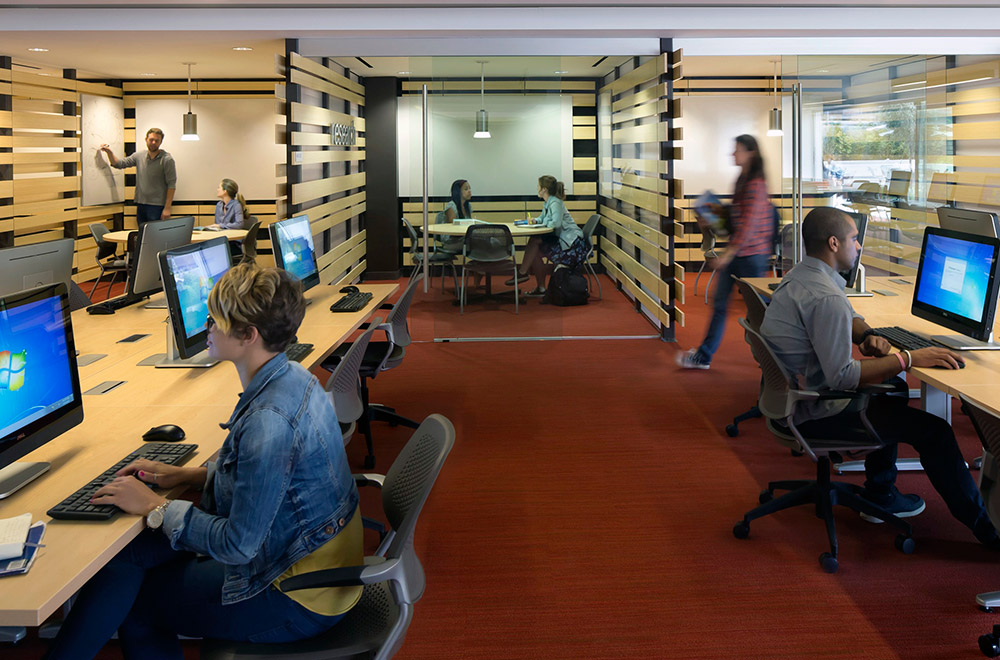Welcome to Five in Focus, HMC Architects’ blog series spotlighting the trends, ideas, and innovations shaping the future of architecture and design. Each edition features insights from our design leaders as they share what inspires them and how it informs their work.
In this installment, Mandi Roberts, Senior Project Designer in HMC’s Higher Education practice, reflects on five key takeaways from SXSW EDU.
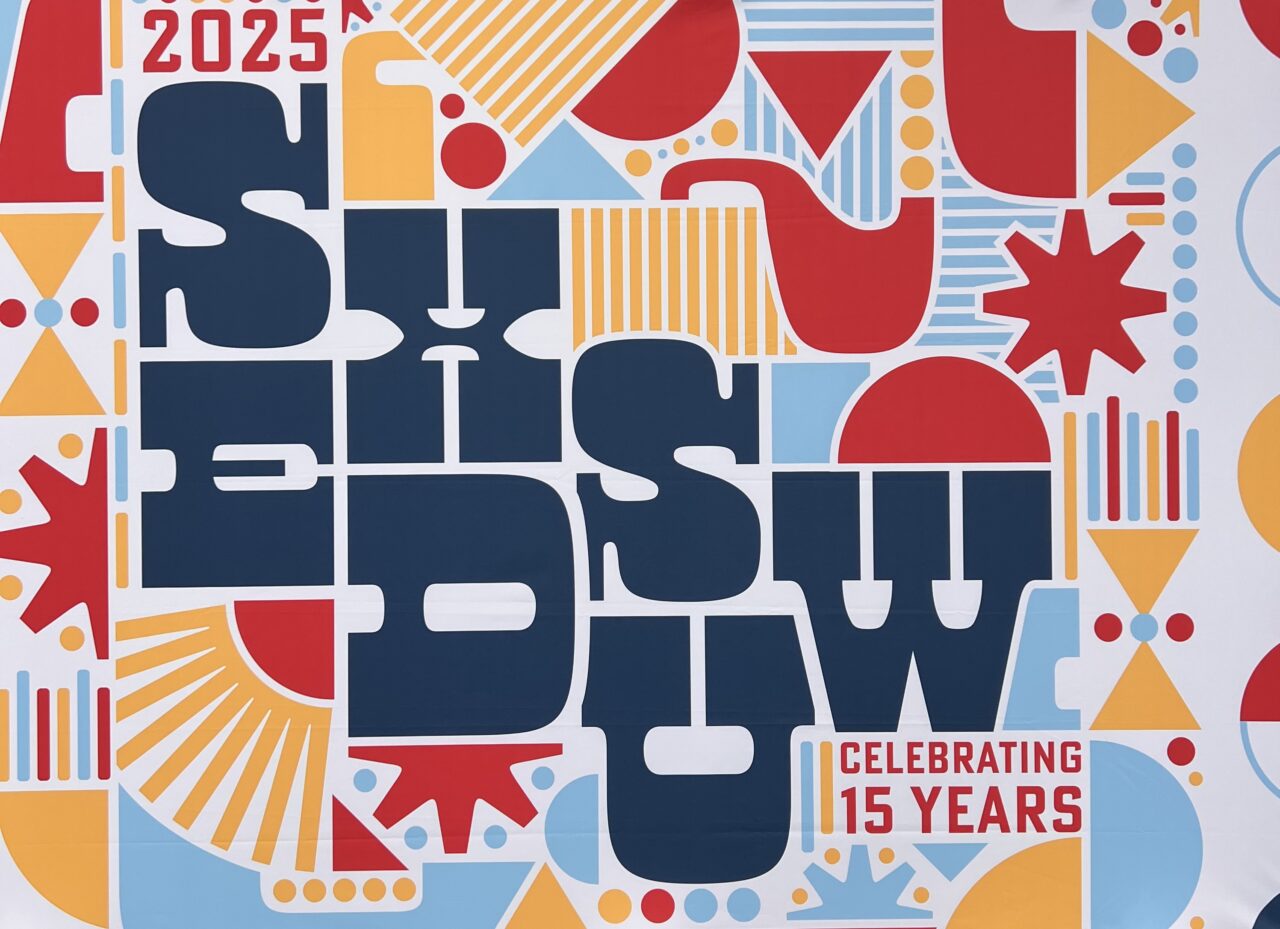
1. The Power of an Experimental Mindset
Inspired by Anne-Laure Le Cunff, Ness Labs
At SXSW EDU, one session that genuinely stuck with me was Anne-Laure Le Cunff’s talk on embracing an experimental mindset. It was a powerful reminder that growth doesn’t come from following the rules—it comes from questioning them. Anne-Laure encouraged us to treat life less like a performance and more like a lab. Children naturally embody this spirit, asking questions, testing ideas, and learning through play. But as adults, we often swap curiosity for perfectionism, fearing mistakes and clinging to linear success stories. Her message was clear: success isn’t about reaching a finish line; it’s about learning something new.
The idea of “tiny experiments” resonated with me—taking small, intentional actions, observing the outcomes, and adjusting as we go. Whether we’re designing buildings or leading teams, this mindset can spark meaningful change. Instead of following rigid scripts or waiting for grand breakthroughs, we can move forward through action and reflection. Anne-Laure’s talk challenged us to default to curiosity. We should plan, yes, but also pivot and embrace serendipity. We want to engage with new ideas and share our perspectives. In doing so, we expand our thinking and our communities.
As we navigate an unpredictable world, this experimental mindset offers architects and creatives a framework for innovation rooted in learning, resilience, and connection.
👉 Watch the session on YouTube
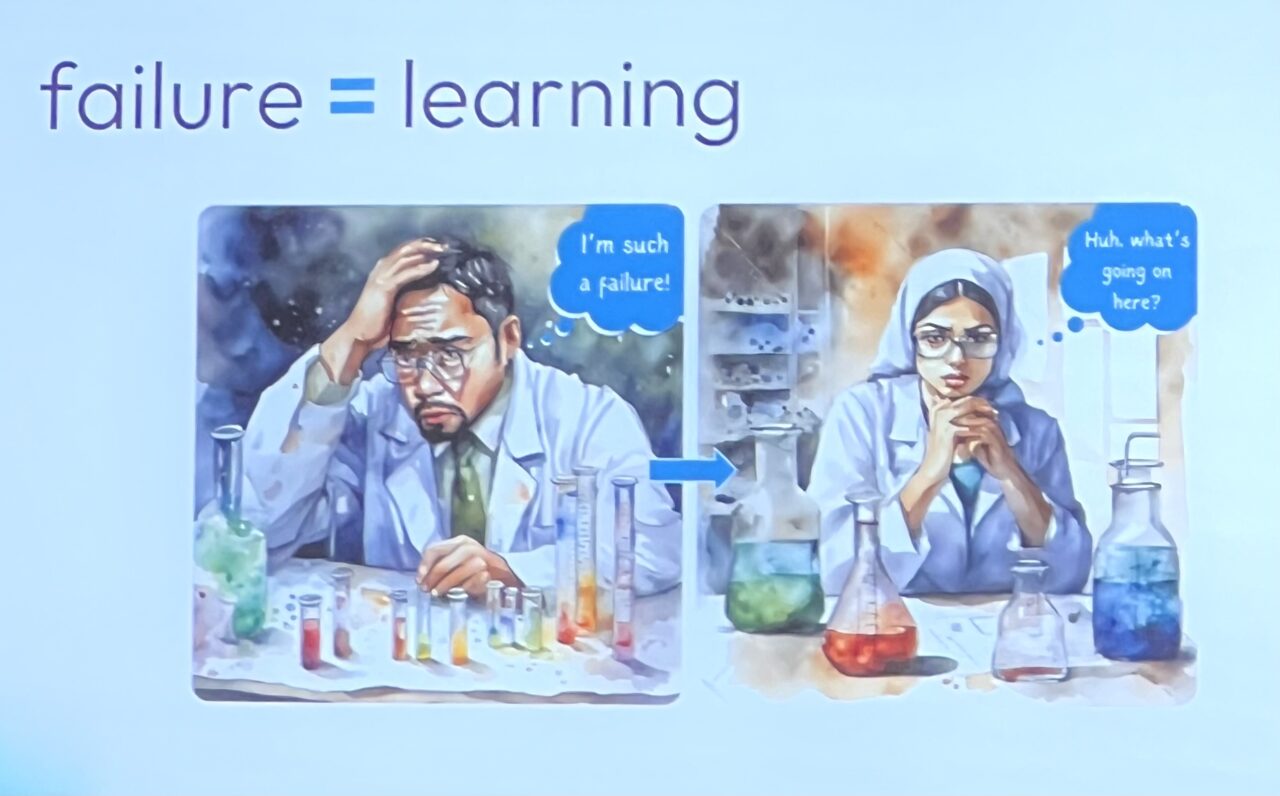
2. Breaking Down Biases for Women in STEM
Inspired by Emily Calandrelli (@TheSpaceGal)
One of the most powerful moments from SXSW EDU was hearing from Emily Calandrelli, an engineer, science communicator, and the first female scientist to host a science television show. Her message was clear: if we want more women in STEM, we need to change the story—literally. Representation matters. Only one percent of science TV shows are led by women. That statistic stopped me in my tracks. When young girls don’t see themselves in STEM roles—on screen, in classrooms, labs—they’re less likely to imagine a future there. Emily’s presence on screen isn’t just groundbreaking; it’s a blueprint for change. She’s showing girls what’s possible by simply being visible.
The numbers tell a stark story. Women make up just 30 percent of the STEM workforce—and in aerospace, only 13 percent. We’re facing a recruitment crisis, and one of the root causes is cultural. Girls are often praised for results from an early age, while boys are encouraged for process and exploration. This subtle difference shapes how children view their potential and comfort with trial and error—critical elements of science and innovation. Emily urged us to shift the narrative—because changing who tells the story changes who feels welcome. That means lifting diverse voices in media, classrooms, and the built environment.
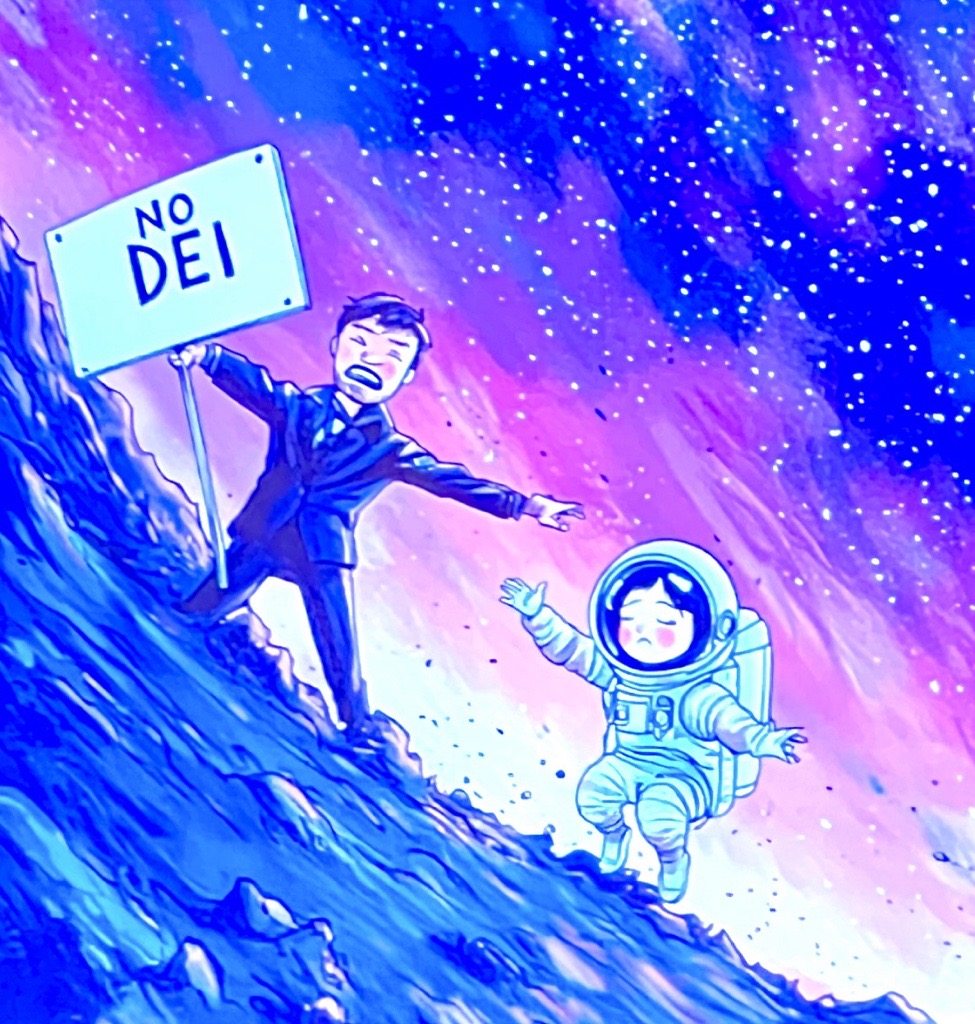
3. Neurodivergence in Kids’ Media
Inspired by Sara DeWitt (PBS), Tim Frost (All Thing Frost), Zachariah O’Hora (Fuzzytown Productions), and Lisa Whittick (Yowza! Animation)
One of the most heartening takeaways from SXSW EDU came from a session that explored the intersection of children’s media and neurodiversity. At the center of the discussion was Carl the Collector, a new PBS KIDS series quietly revolutionizing how we represent neurodivergent children on screen. Carl is a warm-hearted raccoon who happens to be autistic. His world—Fuzzytown—is one where friendship, curiosity, and individuality flourish. It’s the first PBS KIDS show to center on an autistic character, and it’s doing more than entertain—it’s helping kids of all neurotypes feel seen, understood, and celebrated. What makes Carl the Collector so meaningful is the authenticity behind it. Staff writer Ava X. Rigelhaupt, who is autistic, brought her experience to the writers’ room, ensuring that Carl’s story isn’t just representative—it’s real. Each autistic person is different, and the show honors that uniqueness.
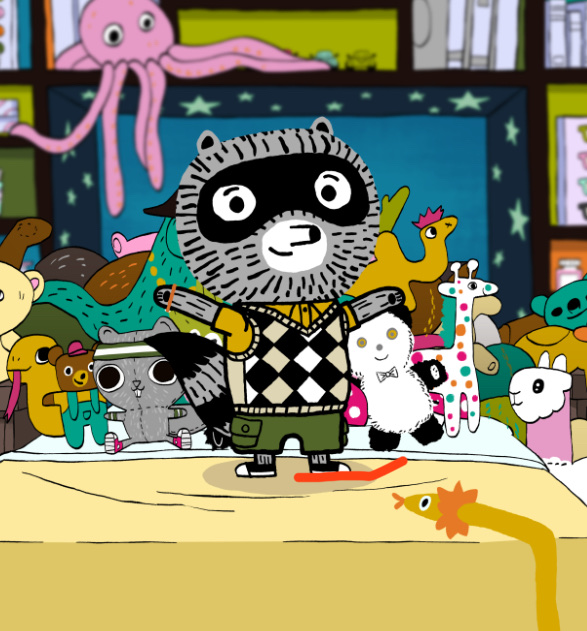
Perhaps the most touching moment came when Tim Frost shared how his son Oden, who is nonverbal and uses a tablet to communicate, inspired the creation of a new character—Paulo—who communicates the same way. Collaboration with neurodivergent families is at the heart of the show’s success. The show is a milestone, not just for PBS, but for what’s possible when we embrace inclusive storytelling. It raises empathy, broadens understanding, and models a world where differences are not just accepted—they’re celebrated.
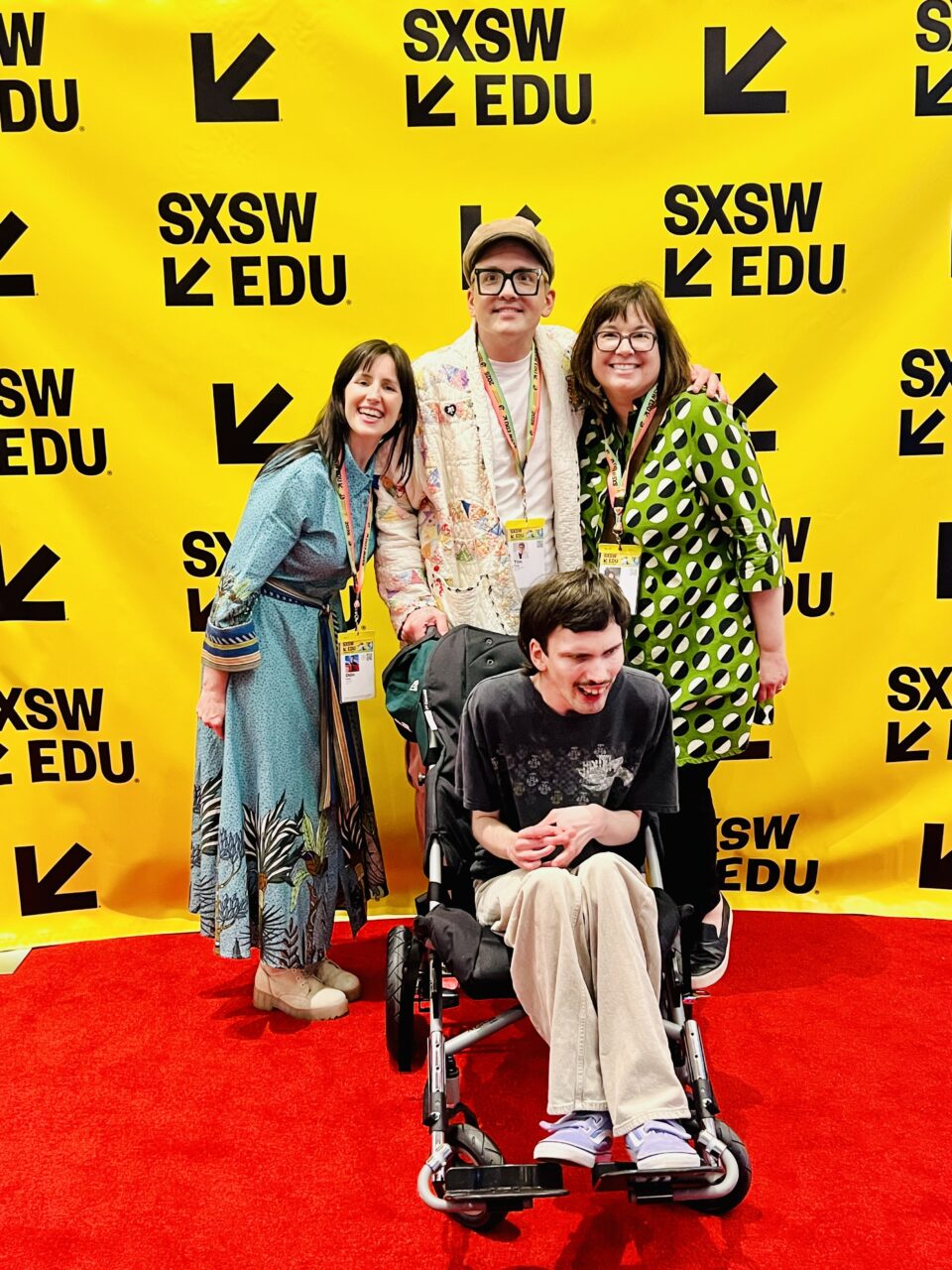
👉 Watch the session on YouTube
4. The Importance of Visual Representation in Children’s Books
Inspired by Simran Jeet Singh
At SXSW EDU, Simran Jeet Singh shared a deeply personal and powerful message: when children don’t see themselves reflected in the stories they read, they question their place in the world. Growing up as a Sikh American in Texas, Simran rarely—if ever—saw characters in books who looked like him, practiced his faith, or shared his experiences. That absence stayed with him and ultimately became the driving force behind his work as a writer, advocate, and scholar.
After 9/11, the way others perceived him shifted dramatically. Despite being born and raised in the U.S., he suddenly became “othered,” receiving hate and even death threats. These experiences made it clear how damaging stereotypes—and a lack of positive representation—can be. Simran turned storytelling into a tool for change. He recognized its power not just to entertain but also to build empathy and challenge prejudice. Books like Fauja Singh Keeps Going and A Vaisakhi to Remember don’t just tell diverse stories—they expand a child’s view of the world and nurture empathy from an early age. But Simran also reminded us that storytelling comes with responsibility. The stories we choose to tell—and those we leave out—shape the worldviews of the next generation. That’s why elevating diverse authors is important: authentic voices must be heard and shared.
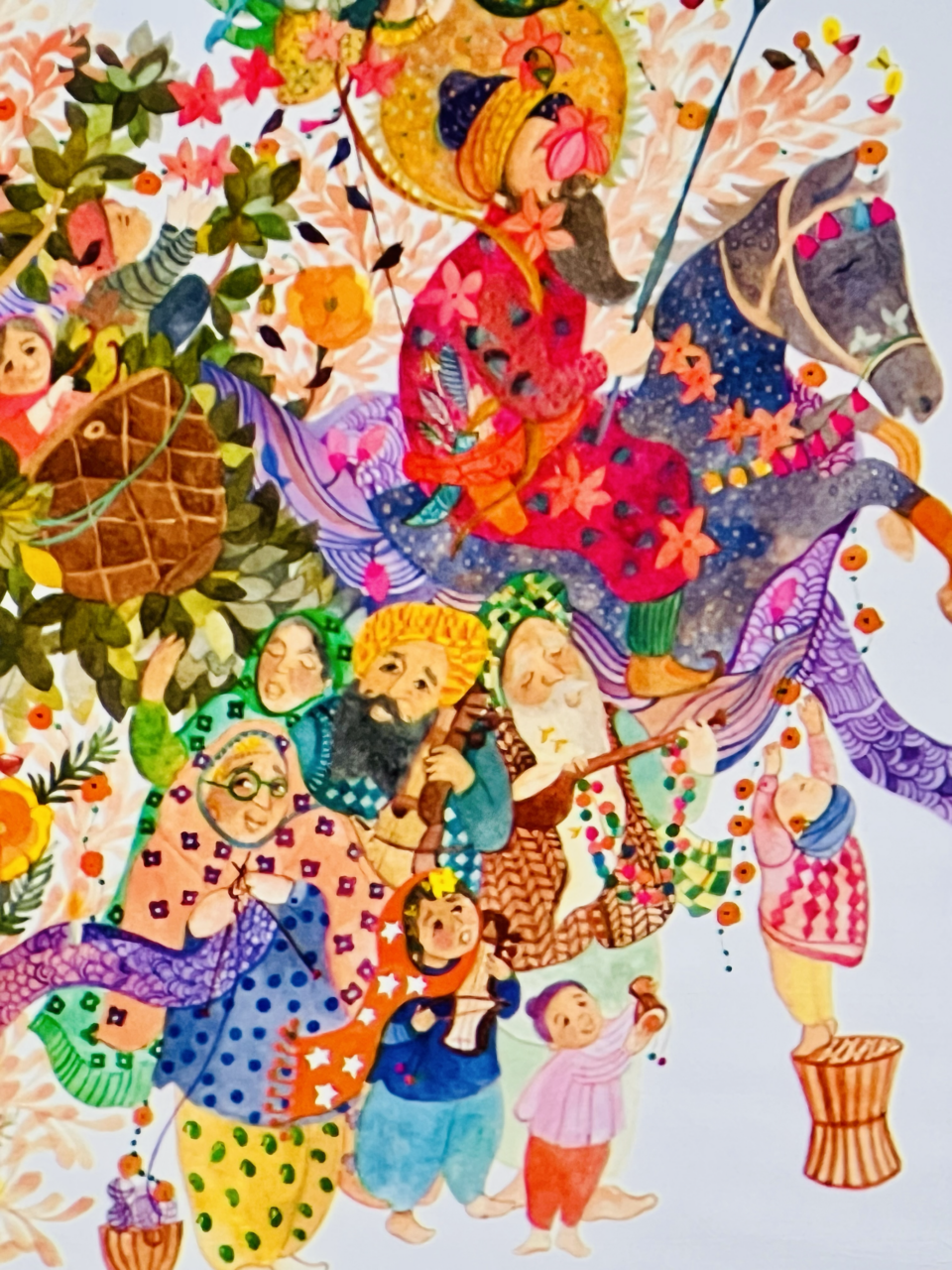
5. The Untapped Learning Space: Children’s Museums
Inspired by Arthur G. Affleck III (Association of Children’s Museums), Andy Bell (Thinkery), Kelly McKinley (Bay Area Discovery Museum), and Jennifer Pace Robinson (The Children’s Museum of Indianapolis)
One of the most surprising and inspiring conversations at SXSW EDU came from a panel on children’s museums—spaces many of us may have visited as kids or parents but rarely stop to consider as learning powerhouses. For over 125 years, children’s museums have quietly evolved into multi-generational hubs of learning, creativity, and connection. Far from static exhibit halls, they’ve become dynamic, community-driven spaces where joy and discovery fuel meaningful education. As Andy Bell of Thinkery said beautifully, “Education isn’t about filling a pail—it’s about lighting a fire.” That fire is sparked not just in children but in families.
When museums create opportunities for kids to explore alongside caring adults, learning becomes more than individual—it becomes relational. And that’s where the magic happens. Today’s children’s museums are intentionally immersive, centering the learner’s experience while fostering belonging. They’re partnering with school districts, offering support for postpartum families, and collaborating with universities to pilot new educational models. They’re even helping reimagine learning—far beyond the classroom walls.
Thinkery in Austin is a great example, serving as a community hub for educators and families outside of the traditional school day. At the Bay Area Discovery Museum, support goes beyond the child—it extends to the entire family, including resources for mothers navigating early parenthood. These museums don’t just educate—they innovate. By forming deep partnerships with schools and communities, they prove that education can be playful, immersive, and deeply personal.
Final Thoughts
The insights from these SXSW EDU sessions reinforce a powerful theme: curiosity, inclusion, and authentic representation are not just ideals—they’re catalysts for real change. Whether fostering an experimental mindset, amplifying underrepresented voices in STEM and storytelling, or designing inclusive environments for learning, each approach shares a common goal: helping people feel seen, supported, and empowered. By embracing small experiments, celebrating neurodiversity, and intentionally reshaping the narratives we tell—especially to children—we lay the foundation for a more empathetic, innovative, and equitable future. These sessions remind us that meaningful transformation often begins with listening, reflecting, and designing with purpose.
